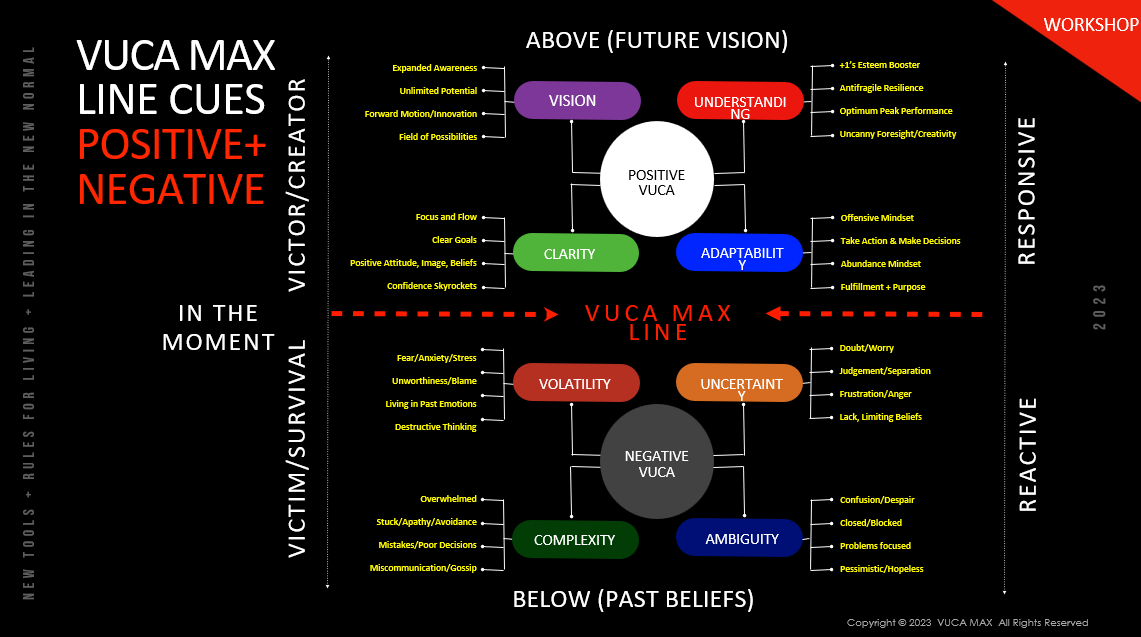VUCA to VUCA: How the Hero’s Journey can shape better communications
Shellie Willis and Mike Schindler defined this harrowing and all-too-familiar acronym and taught us how to flip the script at Ragan’s Internal Communications Conference.

Communicators are storytellers, so what better framework to follow than Joseph Campbell’s classic “Hero’s Journey” to help employees feel like they’re growing and equipped to face even the most dragon-like challenges?
That’s how Shellie Willis, senior director of collective impact at WorkForce Central, and Mike Schindler, author and executive producer of the documentary “It’s VUCA: The Master Guide to Surviving and Thriving in the 21st Century,” approached their keynote presentation at Ragan’s Internal Communications Conference in Seattle last week.
What the heck is VUCA?
Well, it’s two things.
First of all, it’s what communicators are facing in today’s charged workplace environment: volatility, uncertainty, complexity and ambiguity.
These factors can cause stress and morale dips in many scenarios. For instance, introducing AI into the workplace can cause negative VUCA.
But it negative VUCA can be triggered by matters far more serious than that: This term first appeared in the 1980s amid the collapse of the Soviet Union, and was later used by the United States Army War College after 9/11 as a means to explore stressors and mobilize people toward action.
As it happens, positive VUCA is also the solution to these problems — that is, vision, understanding, clarity, and adaptability.
All it takes is turning your employees into heroes so they can battle their own (AI-shaped) dragons. Easy, right? In truth, it’s not as hard as you might think.
Reprogramming survivors into heroes
In the first part of their presentation, Schindler and Willis explained that reframing the way people think about VUCA stressors differently.
They shared the following chart, called the VUCA MAX line tool.

The line in the middle, which is also called the Strategic Inflection Point, is where consciousness and decision-making kicks in during a crisis, they explained. “You get hit in the face with something and you suddenly have a decision to make — am I going to retreat or am I going to lean in and have an offensive mindset.”
That offensive mindset is what empowers people to battle dragons, or, as Willis and Schindler said, turns Luke Skywalker into a Jedi in the 1977 ‘Star Wars’ film, a classic example of the Hero’s Journey.
In this framework, “battling dragons” means “helping your people be above the line — responsive and not reactive, the victor/creator instead of the victim/survivalist,” Schindler explained. “When people are operating below the line, you know they’re dealing with issues of uncertainty, which merits understanding and clarity. Once you understand your audience you can flip the script.”
Negative VUCA to positive VUCA
Communicators can unlock positive VUCA in the workplace by finding and celebrating teams’ micro-wins, Schindler explained, then expressing those narratives across the organization and beyond.
“Telling that story — why their humanness is invaluable to the team and what role they play in the story — is critical to mission success,” he said. “We need to balance tech and human value, human agency and use AI and tech to power and expand human superpowers.”
Instead of being a stormtrooper and treating people like victims and survivors, communicators can empower people to level up their Jedi AI powers through storytelling that positions them as the hero of their personal journeys.
“When you adopt this approach, you’ll accelerate productivity, positivity, increase engagement, interaction and trust in ourselves and others,” Willis said, “moving people from old story” — think Luke on Tatooine, or employees anxious about AI adoption — “to new story” — like Luke growing into a Jedi, or employees navigating training and new ways to augment their work with AI.
“It reduces drama, friction and stress, so it improves well-being and balance in our work and personal lives,” she continued. “It expands humanness, human agency and human value in the age of AI.”
Missed Ragan’s Internal Communications Conference? Stay tuned for more conferences this year and next, including the Future of Communications Conference, Nov. 6-8, 2023.
Jess Zafarris is a content director, editor, journalist, speaker, social media engagement strategist and creator. Her 13 years of experience in media have included such roles as the Director of Content at Ragan Communications, Audience Engagement Director at Adweek, and Content Strategy Director and Digital Content Director for Writer’s Digest and Script Mag. Follow her on Twitter/Threads/IG and Tiktok @jesszafaris and connect with her on LinkedIn.








Great recap! Love it. Slight correction – the VUCA term emerged prior to 9/11 – it actually emerged in the 80s as the soviet union was collapsing – right around 1987.
Thanks Michael, this has been corrected!